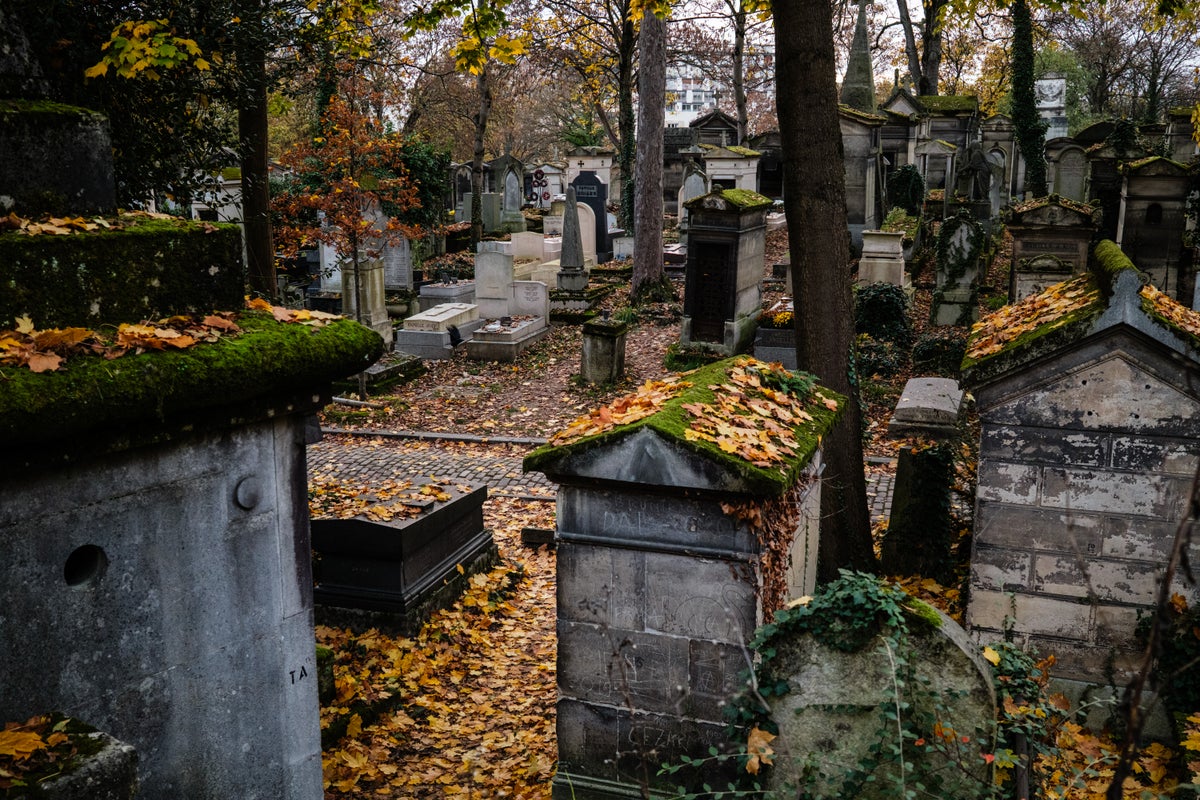Architecture lovers, coffee connoisseurs and historians will find themselves right at home in Bucharest, the Romanian capital.
This vibrant, sprawling city was once known as “little Paris” due to the dominance of French architecture and broad boulevards that characterise the city centre.
In the Old Town and beyond, however, things are different again, with a tantalising mix of mediaeval, neoclassical, communist-era and contemporary buildings.
A large student population, plus a reputation for late-night boozing, makes Bucharest a popular destination to party, but it’s also a city with a rich and complex history worth discovering.
While many visitors use the city as a stop-gap between expeditions to Bran and Peleş Castle and the Carpathian Mountains, this is a city worth spending a weekend getting to know better.
Read more on Romania travel:
Best things to do in Bucharest
Visit the Church of the Stavropoleos Monastery
This diminutive 18th-century church in the heart of the Old Town is one of Romania’s oldest. A perfect example of the Brancovenesc style (a hybrid of Byzantine, Ottoman and late Renaissance), its famed interior features colourful frescoes on the ceiling and walls, alongside religious icons and an intricately carved entrance. Attached to a working monastery occupied by just six nuns who restore old books, vestments and icons for the Vatican, the church is free to enter, but donations are welcomed. The adjacent courtyard also offers a peaceful place to rest and reflect in this busy area. Arrive early to beat the crowds.
Take a guided city tour
A city guide is always a great way to learn more about a new city, particularly if you’re short on time. The Walkabout Free Tour runs a series of city walks throughout Bucharest, in both English and Spanish which, as the name suggests, are free to join, although tips are encouraged. The The ‘Story of Bucharest’ tour provides an excellent overview of the city’s history, from Vlad the Impaler – the medieval prince said to be the inspiration for Bram Stoker’s Dracula – to Communism, architecture and the 1989 revolution.
Embrace the diversity of Bucharest’s architecture
Bucharest’s architecture is a captivating combination of neoclassical, byzantine, modernism, communist and Gothic, ensuring that a simple stroll around the city is never boring. Whatever your tastes, its diversity offers plenty to capture the imagination, from the neoclassical romance of the Romanian Athenaeum, to the brutalism of the Tehnoimport Building, the modernism of the InterContinental Bucharest, to the breathtaking eclecticism of The CEC Palace, Bucharest really is a feast for the eyes.
Hit the spa
One of the most popular attractions in Romania is Therme Spa. This colossal temple to wellbeing, situated 20 miles north of the city centre, is the biggest spa in Europe and worthy of all the superlatives and accolades it attracts. Home to 10 pools, 10 saunas, 17 water slides, and the largest urban beach in Europe, this supersized wellness establishment is also very reasonably priced to visit.
Best time to visit
Spring, autumn and winter are all good times to visit, depending on your personal preferences. Many residents flee the capital during the summer months when the mercury can reach 33C, making spring and autumn good times to visit temperature-wise. The wettest month is June, so it’s worth skipping if you plan to spend your trip outside and don’t like getting damp. If you’re a foodie, the annual Bucharest Street Food Festival takes place in April, while one of Europe’s biggest classical music festivals, the biennial George Enescu Festival, takes place in August or September every other year, with plans already underway for the 2025 edition.
Where to stay
PeakTure Hotel
The four-star PeakTure Hotel is comfortable, contemporary and costs just €69 (£59) per night for a spacious double room. From here, it’s only a five-minute stroll to the picturesque Old Town. The hotel also has a superb offer that includes two nights accommodation and two day passes for Therme Spa for just €135 (£115) per person, based on two sharing.
Marmorosch Bucharest is an Art Deco dream decked out in marble, gold and velvet. Head to the subterranean Balance Spa for some R&R, or sip cocktails in the gilded Vault Bar before heading out. Arguably Bucharest’s best five-star hotel, expect opulence and luxury throughout, with silver rooms beginning at €166 (£142).Bucuresti Bucuresti Hostel is well rated, with guests commenting on the warm welcome offered by owners Pauline and Daniel. Situated a 15-minute walk from the Old Town, the hostel offers air-conditioned single and dormitory rooms with free Wi-Fi from as little as £24 per night.UK. Visits to their showroom are by appointment only, which is situated next to the serene Cismigiu park or you can browse and shop online.
Architectural highlight
Palace of Parliament
The third largest administrative building in the world, Bucharest’s Palace of Parliament is a herculean endeavour with a complex history. Standing at 84m in height, containing over 1,000 rooms, and with a floor area of 365,000sq metres, this Communist edifice is former dictator Nicolae Ceausescu’s controversial creation, inspired by his 1971 visit to North Korea. Work began in 1984, with 40,000 residents forcibly removed for building to commence and several thousand workers dying during its construction, according to unofficial reports. It remains unfinished to this day. Known locally as “the iceberg”, only five per cent of this gargantuan building is in use. Book ahead for a guided tour to gawp at football pitch-sized rooms of marble columns, gold-leaf ceilings and crystal chandeliers.
A standard tour starts at 60 lei (£10.30); book in advance online.
What currency do I need?
The Romanian lei (RON).
What language do they speak?
Romanian. English is taught in most schools and it’s estimated that around 40 per cent of Bucharest residents can speak it fluently. Learning a few key phrases in the mother tongue of your chosen destination is both sensible and thoughtful, however.
Should I tip?
It’s not mandatory to tip in Romania, but if you have received good service, anywhere between five to 20 per cent is welcome.
What’s the time difference?
GMT+2.
What’s the average flight time from the UK?
Three hours and 15 minutes.
What’s the best view?
While the view from Fork Restaurant is impressive, you’ll need to head to SkyTower if you want to go higher. At 137 metres high, the skyscraper is the tallest building in the country. A ticket to the restaurant and viewing area on the 36th floor costs 100 lei (£17) and includes “a short tour for photos and a cocktail”.
Insider tip
Bucharest holds the unfortunate accolade of having some of the most congested traffic in Europe. Uber and Bolt are easy to navigate but it’s worth factoring in extra time for traffic if you’re planning on travelling around by car, particularly if you’re heading to the airport.
Getting there
Wizz Air, British Airways, Ryanair all fly direct to Bucharest from the UK.
Read more: Best hotels in Europe – where to stay for a city, beach or retreat break
Source: independent.co.uk



